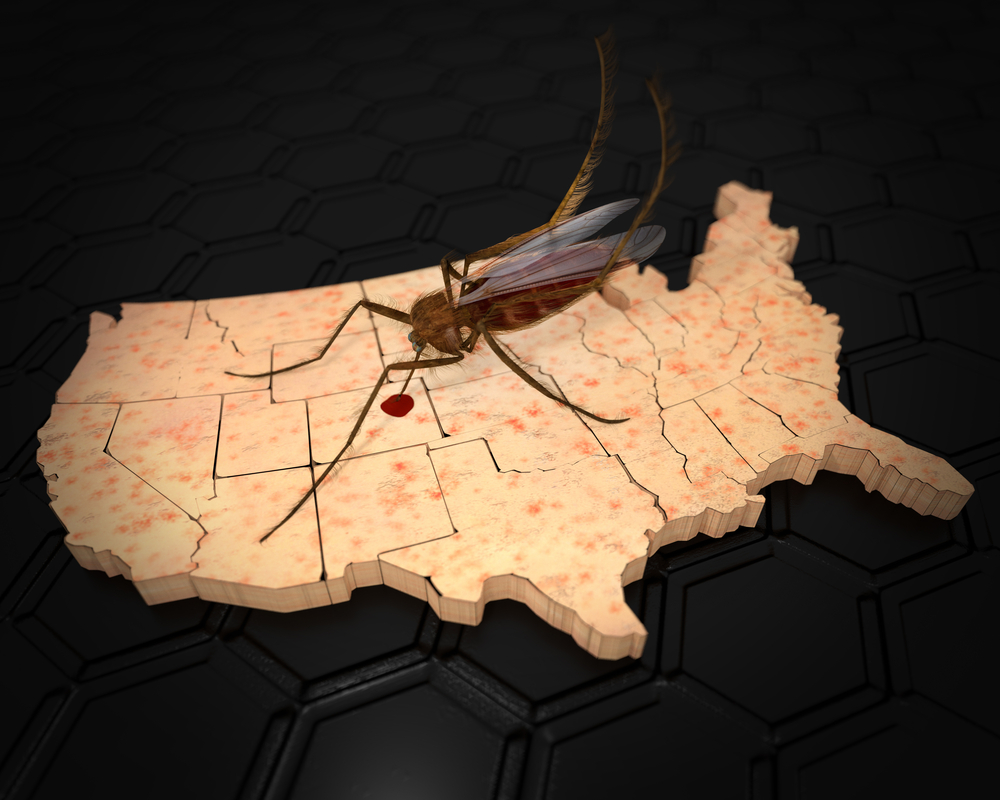
The New Mexico Department of Health recently awarded a second contract to researchers from the New Mexico State University (NMSU) to expand a previous project map that shows the geographic distribution of mosquitoes that could potentially carry the Zika virus.
According to a release by NMSU, the contract will allow their researchers to examine what kinds of conditions attract Zika-carrying mosquitoes, what bacteria and fungi cohabitate with mosquitoes, and how resistant New Mexico-based mosquitoes are to commonly-used insecticides.
The results of a previous study conducted in May revealed that Aedes aegypti-species mosquitoes were present in Doña Ana County. In 2016, a total of 10 reported cases of the virus appeared in New Mexico. There have been zero reported cases so far in 2017.
“We don’t know where the species occur within cities,” Michaela Bnenemann, a geography professor at NMSU, said. “For example, we don’t know if they are more prevalent in vegetated or built-up areas, in open spaces or densely populated parts, or in neighborhoods with higher or lower incomes. Both human and environmental factors likely shape the distributions of those mosquitoes but at this point we really don’t know.”
In summer of last year, a pair of NMSU professors conducted a survey of mosquito populations and found that Aedes aegypti- and Aedes albopictus-species were only found in the southern third of the state.
Zika virus is most commonly transmitted by the Aedes aegpyti species mosquito and sexual contact. Symptoms in most cases involve joint pain, fever, rash, and headaches. More severely, the virus has been linked to microcephaly of the fetus in pregnant women and Guillain-Barré syndrome.




